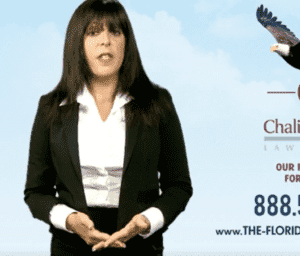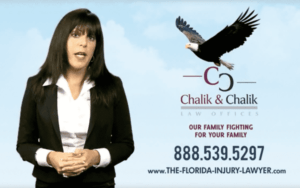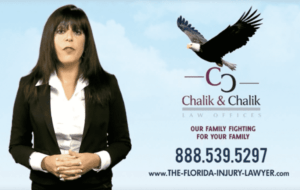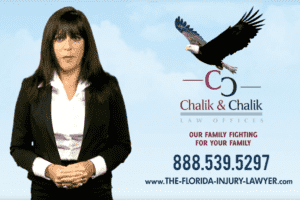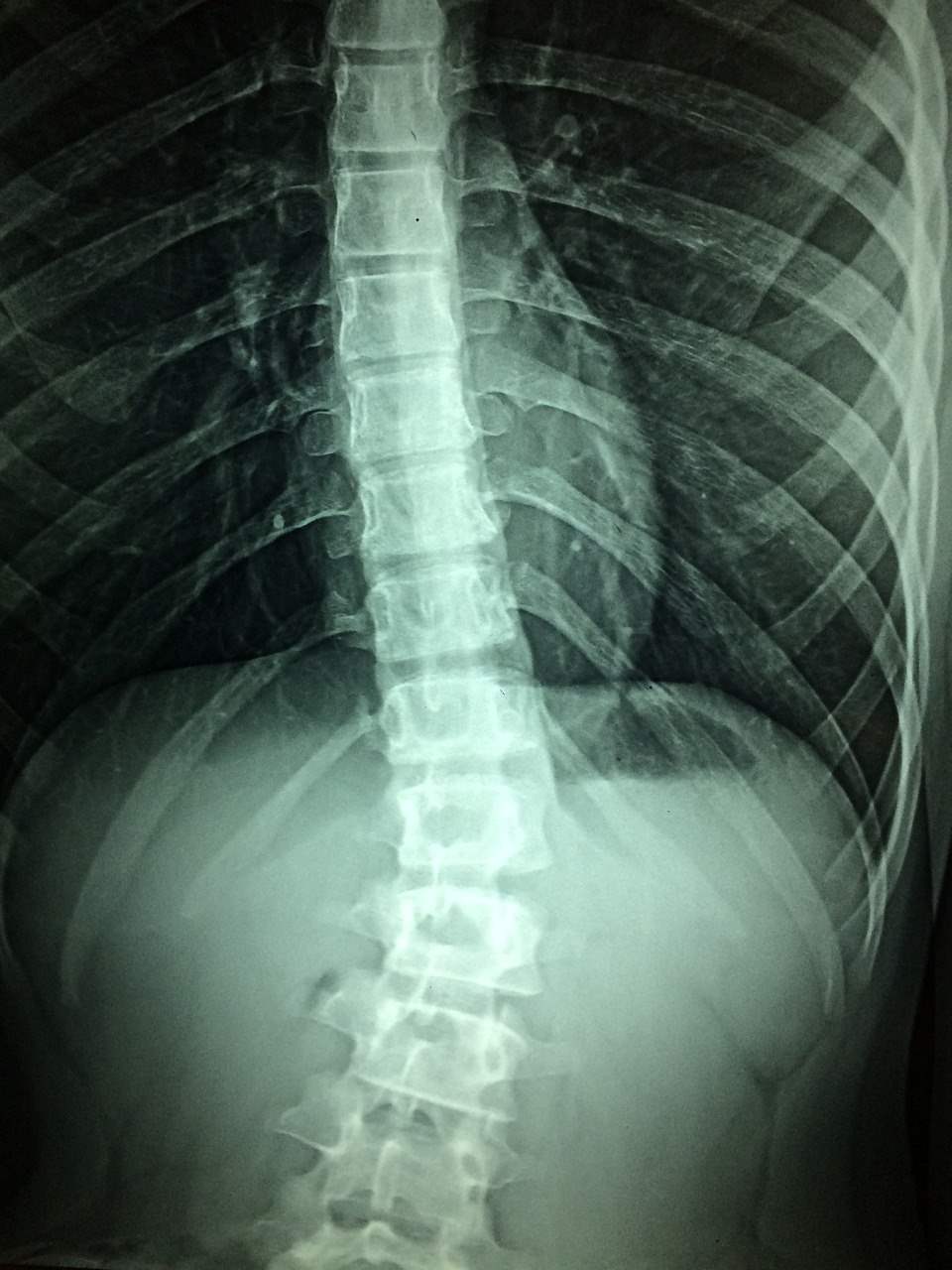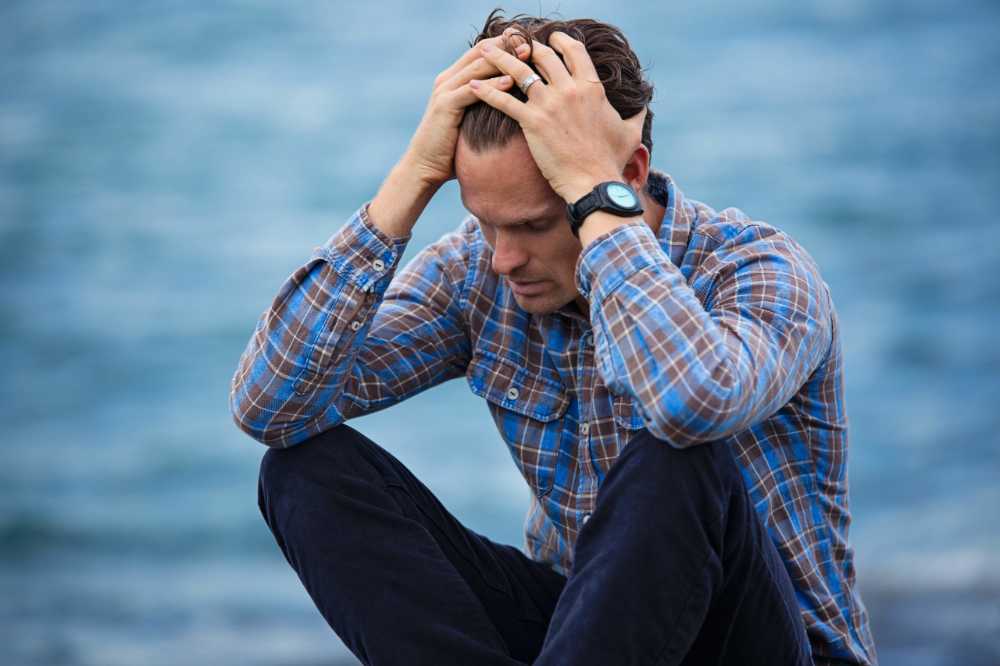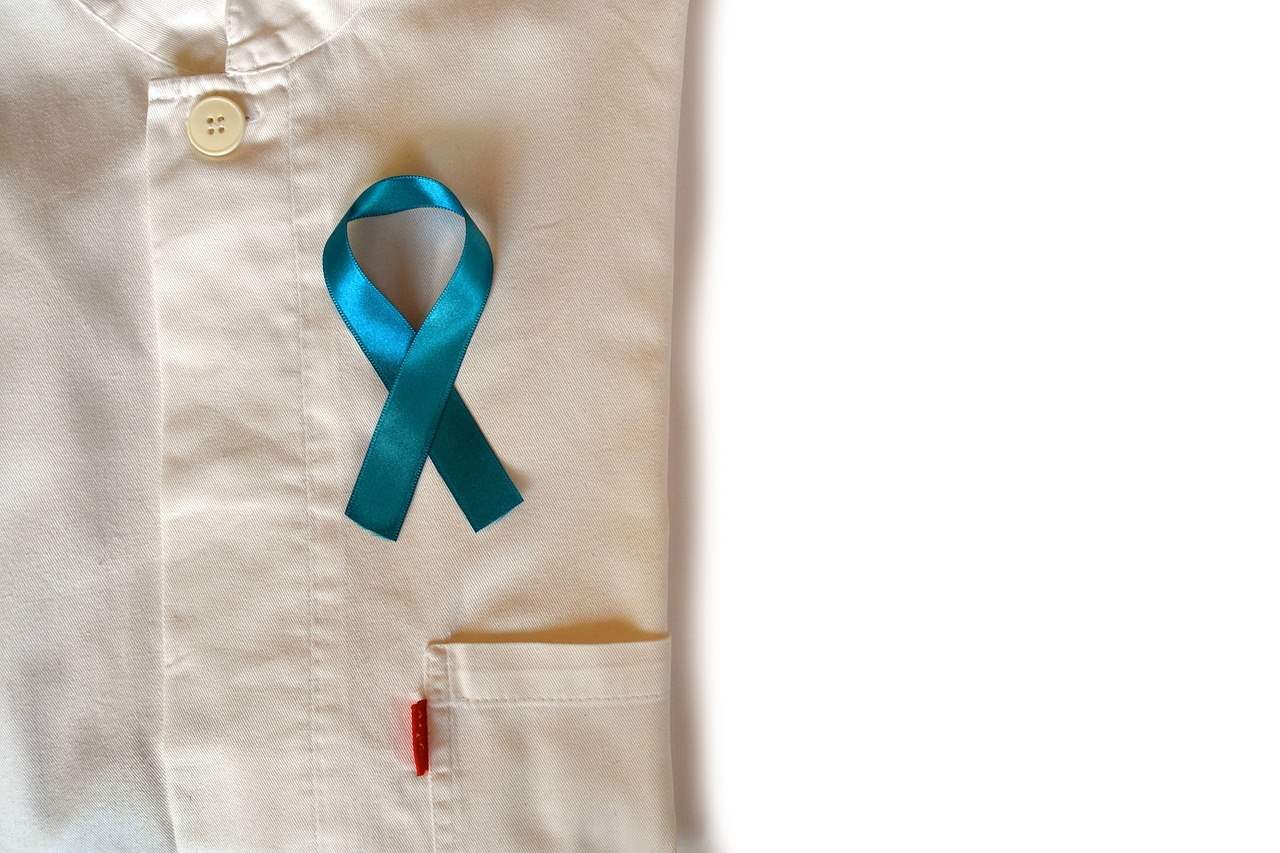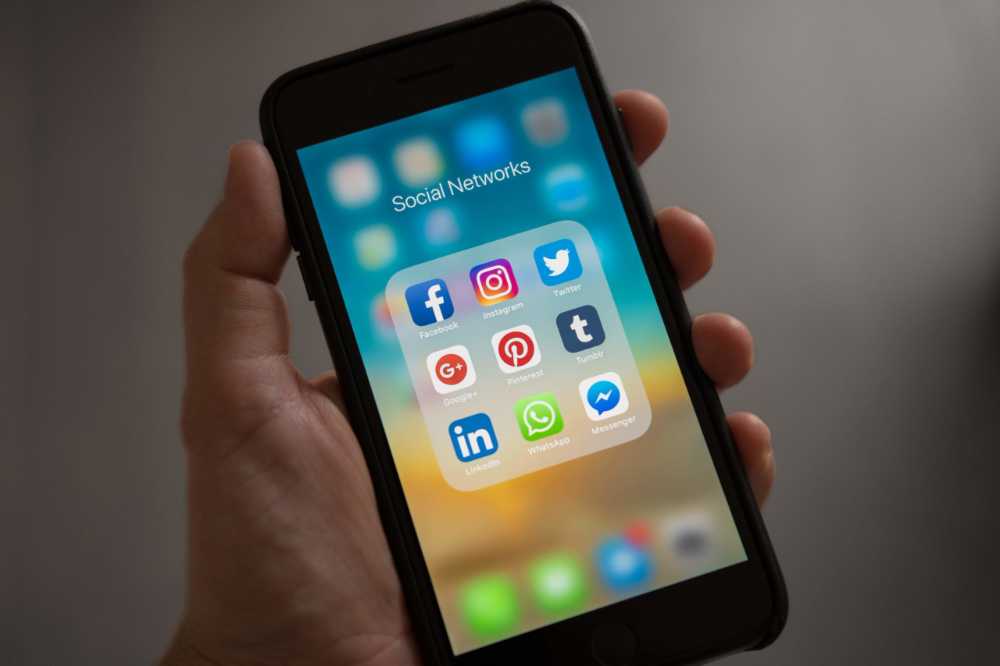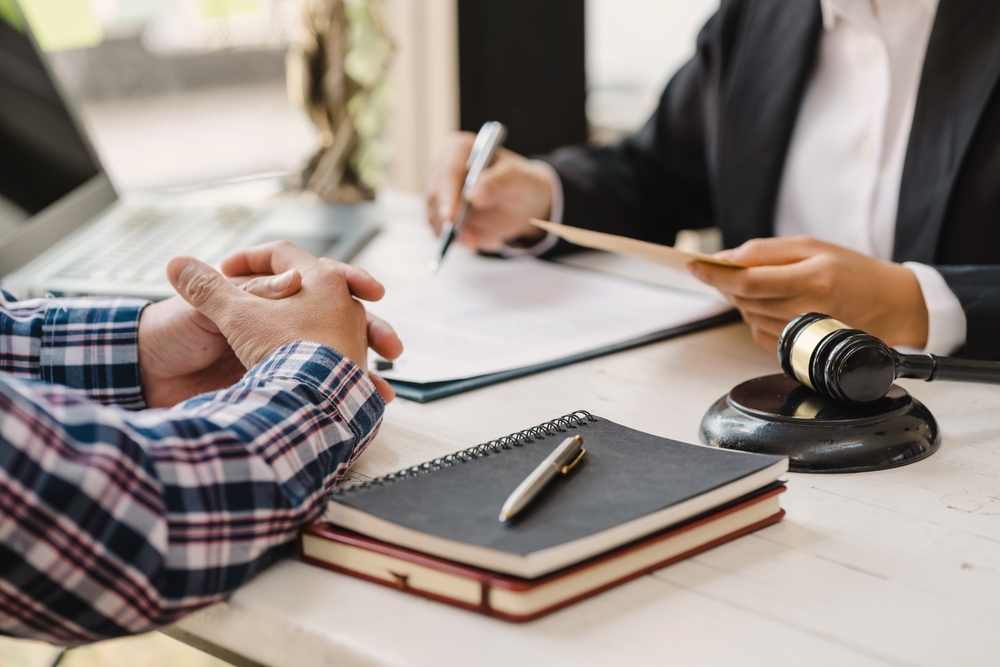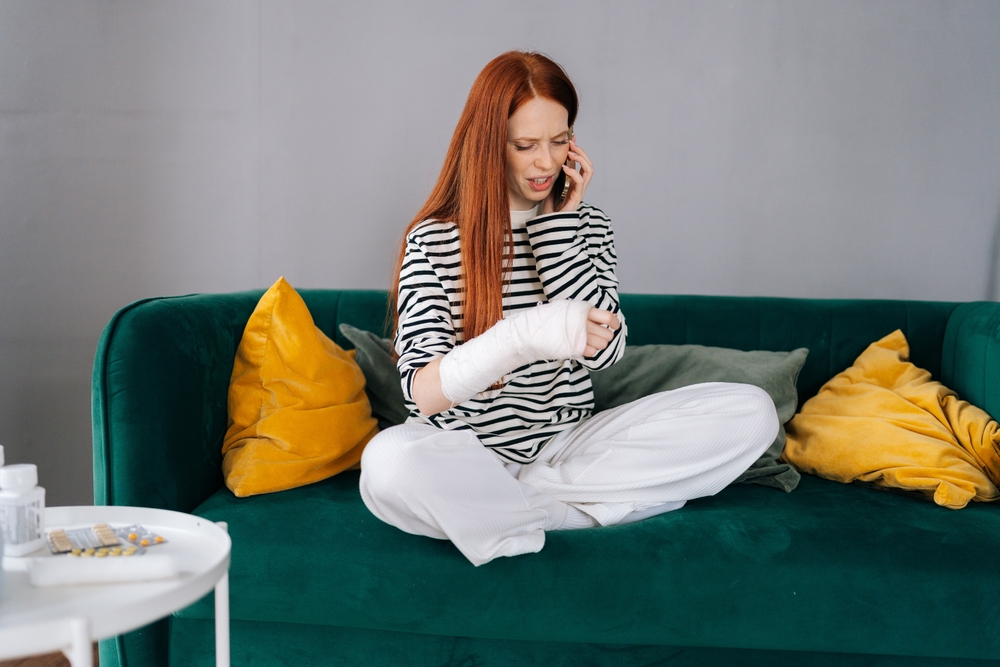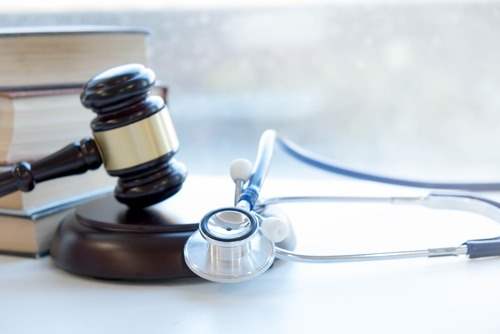Although every parent wants to protect their child from harm, falling down is a natural part of life for active kids while growing up. However, children can also be vulnerable to slip-and-fall accidents that can result in serious injuries.
According to the Centers for Disease Control and Prevention, falls are the most common cause of nonfatal injuries in kids aged 19 and under. An estimated 2.8 million children are treated for fall-related injuries in emergency rooms each year.
Some common injuries children might sustain from slip-and-fall accidents include bruises, scrapes, fractures and head injuries. They can also suffer more serious harm in the form of traumatic brain injury. Nearly 50 percent of all TBI cases among children aged 14 years and under are due to slip-and-fall accidents.
Child slip-and-fall accidents can occur at a range of private and public premises such as playgrounds, schools, daycare centers, residences and swimming pools. While kids will always be active, below are some tips parents can use to reduce the chances of such accidents:
- Teach your child to be careful around swimming pools and in other areas with wet or slippery surfaces. Wearing shoes with traction in poor weather can also be helpful.
- Beware of loose clothing when using escalators. Always hold your child’s hand or carry them as you ride.
- Check playgrounds for tripping hazards such as rocks, piles of shredded rubber or loose play equipment.
- Ensure your child always wears a helmet when skating, biking or riding scooters.
- Do not leave infants and young children unsupervised on top of high furniture such as changing tables, beds or countertops.
- Make sure the home is well-lit to prevent nighttime falls. Remove clutter from stairways and install hand railings.
- Consider using safety gates to childproof against falls.
- Use seat belts and remember to strap children into strollers, car seats and shopping carts.
It is important to note that determining fault can be more complicated than it might seem. If you or your child was injured and you believe someone else is fully or partially to blame, contact Chalik & Chalik to learn more about your rights.
